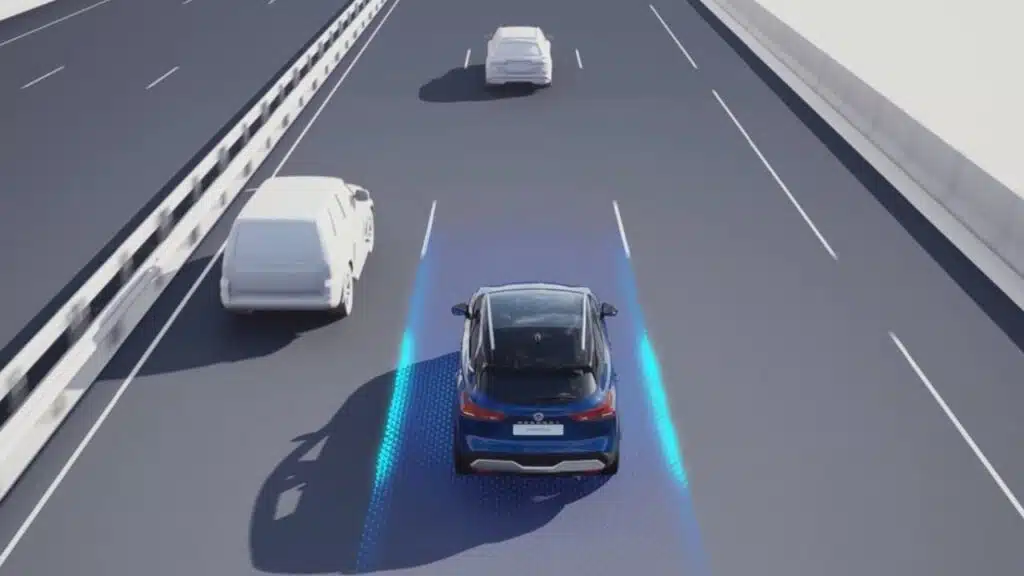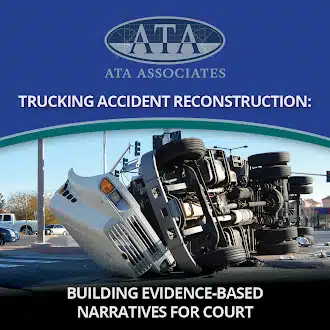Understanding ADAS: Advanced Driver Assistance Systems and Their Role in Vehicle Safety and Investigation
Advanced Driver Assistance Systems (ADAS) are becoming increasingly prominent in both personal and commercial vehicles. While the public often associates ADAS with cutting-edge technology and enhanced safety, these systems have a long history and carry significant implications for accident investigation and legal proceedings.
A Brief History of ADAS
The earliest example of ADAS can be traced back to the 1950s with the introduction of the anti-lock braking system (ABS). Since then, various technologies such as electronic stability control, traction control, and blind spot detection have emerged. As innovation continues, these systems have expanded to support both driver convenience and incident mitigation.
Today, common ADAS features include:
- Collision avoidance
- Lane departure warning
- Adaptive cruise control
- Blind spot detection
- Rear cross-traffic alert
- Pedestrian detection
- Traffic sign recognition
- Driver drowsiness monitoring
How ADAS Systems Work
ADAS technologies rely on a network of sophisticated sensors to monitor the environment around a vehicle. These sensors include:
- Cameras
- Lidar
- Radar
- Sonar
- Infrared thermal detectors
- 360° view imaging systems
These inputs are processed in real-time to either inform the driver or, in some cases, take action such as braking or steering correction. However, this integration of hardware and software also raises questions when evaluating system behavior in incidents.
Levels of Vehicle Autonomy
ADAS is a foundational element of vehicle autonomy. The SAE J3016 standard defines autonomy on a scale from Level 0 (no automation) to Level 5 (full automation). Understanding these levels is essential in assessing a vehicle’s capabilities and the extent of driver involvement:
- Level 0: No automation—driver performs all tasks
- Level 1–2: Driver assistance with partial automation
- Level 3–5: Increasing automation, with Level 5 requiring no human intervention
While Level 2 systems are common in current models, higher levels remain under development and are subject to regulatory review.
Real-World Complexity and Investigation
Although many ADAS features offer significant benefits, there are variables that complicate their evaluation. For example, determining whether a system functioned properly during an incident may involve:
- Examining sensor calibration
- Reviewing OEM-specific software logs
- Understanding the system’s limitations as documented in the user manual
- Analyzing potential human factors such as over-reliance or misinterpretation of alerts
Additionally, terminology, features, and behaviors differ widely between manufacturers, which can impact accident analysis.
Data Challenges in Accident Reconstruction
Traditionally, accident reconstruction has relied on scene evidence, vehicle damage, and onboard data such as ECM logs. With ADAS-equipped vehicles, the scope of analysis expands to include:
- System activation logs
- OEM diagnostic outputs
- Camera and radar imaging (if accessible)
However, access to this data is often restricted due to privacy laws and manufacturer protocols. Verification of ADAS functionality becomes crucial in determining whether these technologies played a role in the outcome of an event.
Safety, Maintenance, and Calibration
ADAS functionality is closely tied to sensor accuracy and alignment. Even minor vehicle impacts can disrupt sensor calibration, potentially affecting system performance. Industry experts recommend recalibrating sensors after collisions—regardless of visible damage.
Failure to do so may result in system misbehavior or failure to activate, both of which may contribute to safety concerns or legal questions.
Public Perception and Consumer Feedback
Organizations such as AAA and Consumer Reports have expressed concern about public misunderstanding of ADAS capabilities. According to AAA, only 12% of drivers trust fully autonomous vehicles, and many find current systems inconsistent in real-world conditions. Some studies suggest drivers may lose situational awareness when relying too heavily on semi-autonomous features.
These perceptions—and misperceptions—are important when evaluating operator behavior and liability during investigations.
Regulation and Standardization
Currently, the regulatory environment for ADAS and autonomous technologies is fragmented. State-level rules vary, and federal guidance is still evolving. As a result, commercial vehicle operators and manufacturers face uncertainty about compliance and long-term liability.
Efforts from organizations such as the U.S. Department of Transportation and the Commercial Vehicle Safety Alliance aim to develop more consistent frameworks for ADAS-equipped vehicles.
Final Considerations
ADAS technologies offer a promising path toward increased vehicle safety, but they also introduce new challenges. Their role in accident reconstruction requires careful analysis of sensor data, system design, and human interaction. As the industry moves toward greater automation, collaboration between engineers, legal teams, and safety professionals becomes essential.
Contact ATA Associates today to learn how our team supports attorneys, insurers, and organizations in cases involving ADAS-equipped vehicles and advanced accident reconstruction.




